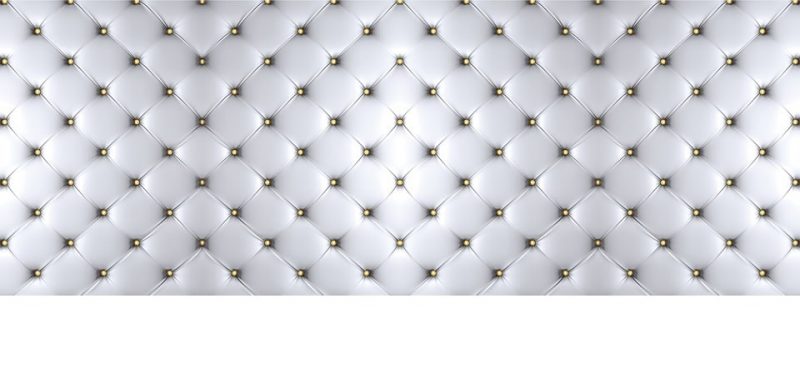You can learn how to tuft a pillow in just two steps. This will be a useful skill to preserve your pillow filling and add some variety to the pillow’s flat surface. It is a relatively easy practice, and you won’t need to buy tufted pillows separately if you desire the look.
It would be best that you’re familiar with the various techniques for tufting a pillow. The guide below is the most traditional way of using a needle and thread, but you can add buttons or tassels to improve your pillow further. Why not enhance your Euro pillows at home with the technique below?

How To Tuft A Pillow For Beginners
Step #1. Marking
Make the pattern
The first step for tufting your pillow is to decide on the pattern you want on a piece of paper. You’ll then cut the holes for each tuft in the pattern, as this will serve as your guide on the pillow. Place the stencil onto the pillow and mark the tufts using the holes you made.
Then, flip your pillow to mark the other side similarly. This is why it’s easier if the paper you used is the same size as the pillow, making it clearer to see the tuft placements later on. Once you finished marking, you should be ready for the tufting itself.
Prepare the tufting needle and string
Thread your tufting needle with your desired tufting string, but don’t tie the loose ends like you would when threading a needle. If you’re finding it tricky to insert the tufting string, use a needle with a diameter larger than it.
Step #2. Insertion
Tufting
Once done, insert the tufting needle on a mark you made from the top to the pillow’s underside. You should exit to a similar spot underneath the pillow. This is why the pattern you made must be planned and marked well.
Pull your needle through, but leave the end of the string on the top side of the pillow around 8 inches long. Then, push your tufting needle again from where you exited on the first insertion and cut the string again 8 inches from the pillow’s surface. Now, you’ll end up with two loose strings that you’ll tie through a semi-finished square knot.
Finishing
The indentation will happen when you pull this knot, and you can complete the second half of the knot you made for the loose strings. For a neat finish, remember to cut the resulting string ends ¼ inch from the square knot. A useful tip is to put some fabric glue over it as well, so you don’t risk fraying on the pillow, but remember only to use clear-drying fabric glue.
Why Tuft A Pillow?
You might be wondering why you should learn to tuft a pillow. Besides adding dimension and texture on the surface, adding this detail helps the pillow keep the stuffing in place. Throw pillows look best when plump, and you can prevent the filling from shifting or bunching if you tuft them.
From a decorative standpoint, dimension is not the only advantage of tufting. The added detail can be more attractive by experimenting with contrasting tufting strings. You can even add ornaments such as tassels and buttons or use a ribbon or cord in place of the tufting string.
Tufting Styles
There are different tufting styles, and you can do so either by hand or using a sewing machine. When it comes to pillows, the most common techniques are stitch and button tufting. You can even tuft your bolster pillow!
Stitch tufting
Perhaps one can say that stitch tufting is the traditional style, as sampled earlier. You’re using a long upholstery needle and heavy thread to make stitches visible on both sides of the pillow. You can use waxed thread, button thread, or even twine, depending on what will look best on your pillow.
Button tufting
Throw pillows, and other decorative pillows are surely eye-catching with button tufting. If you can already tuft a pillow with stitches, you should find it easy to add buttons. The result is similar but what shows on both sides are buttons that will complement the pillow fabric.
Therefore, covered buttons are used for this style. And while you can have them on both pillow sides, you can also leave the back with only the knots. As for the thread, use the waxed type so that it can endure the buttons.
Can you tuft a bolster pillow?
You don’t have to leave your cylindrical decorative bolster pillows from tufting. You can tuft them like you would a regular flat pillow, but the tip uses a very long needle. This way, it can do the work through the pillow.
Conclusion
Do your decorative pillows lack dimensions and variety? Then it’s time to learn how to tuft a pillow in only two simple steps! Adding this detail to your pillows will help keep the stuffing in place and improve your overall decor.
Start by making a pattern on paper with a similar size to your pillow. Cut tuft markings on this paper so you can just lay it onto the pillow and find where you should insert the tufting needle with string. Follow the easy guide for making and finishing a tuft, and you’re done.
